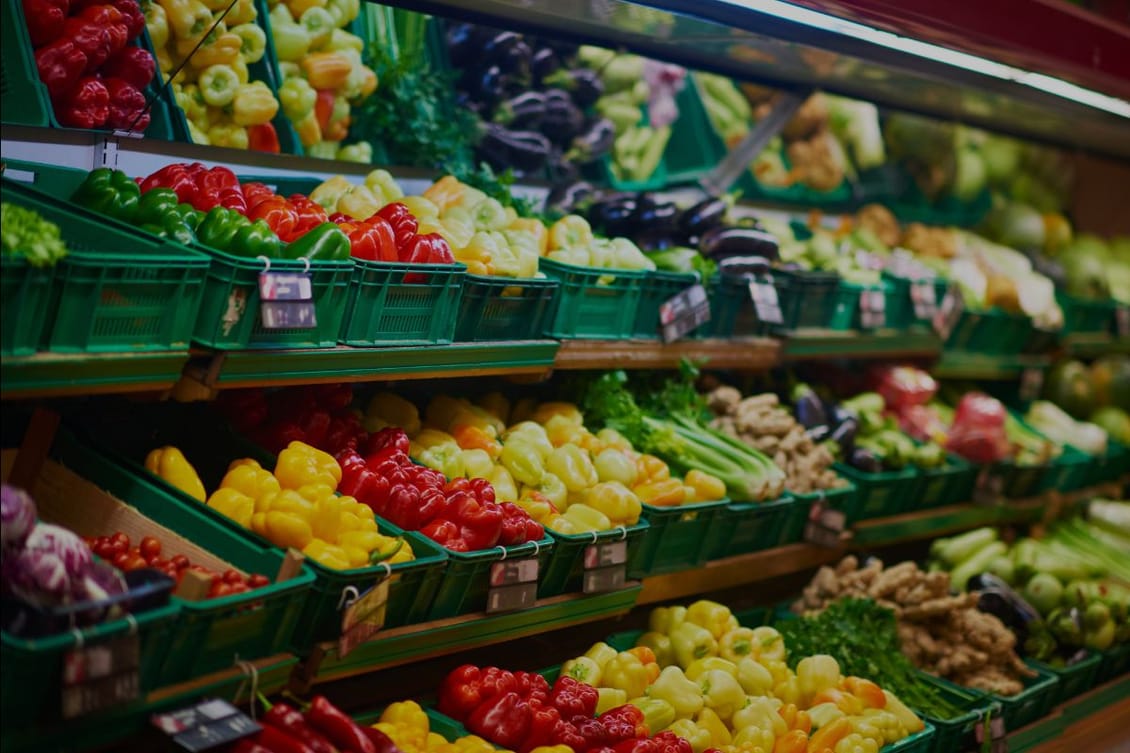
Retail theft is a growing problem, and it’s having a serious impact on food businesses. In America, the National Retail Federation (NRF) reports that losses from retail theft reached USD $112 billion in 2022, up 19% from 2021.
In South Africa, food theft is the most common form of shoplifting – a significant 68% of all 6,001 shoplifting cases filed in the country between 2021 and 2023 involved food products. Nicro, a non-profit that aims to reduce crime and violence in South Africa, ranked food theft first in their data – with 791 women, 788 men, and three LGBTIQA citizens accounting for 1,582 arrests in total.
And in Australia, where retail crime spiked 47% over the last year, food is among the top three categories of goods stolen from shops.
In the US, reports suggest that organised retail crime is now responsible for about half of the theft losses. This means that the problem is bigger than individual households stealing food to feed their families – criminal groups are stealing products to resell for profit.
The impact of this is most obvious when major retailers have to close stores – including Whole Foods, which closed its flagship San Francisco store after only a year, because theft was so frequent; and Walgreens, which has begun closing high-theft stores (including one in San Francisco). But small retailers are being affected too – their closures are less likely to be reported in the media, but hundreds of independent businesses are closing their doors every day as a result of high levels of theft.
Retailers are having a hard time trying to manage in-store theft. And that means store closure is often the only option left available.
Most countries don’t require companies to report losses due to theft. But as these losses become increasingly problematic, some retailers are sharing their numbers to highlight the extent of the challenge. In May 2023, US retailer Target (not a food retailer, but still a useful indicator of the issue) told CNBC that it was projecting a theft loss of $900 million in 2023. And Walmart estimated an annual loss of $3 billion.
In the UK, Sky News recently reported that food retail chain Co-op lost GBP £33 million in the first half of 2023 as shoplifting cases ‘hit a record high’.
Increasing retail theft has a negative impact on consumers as well as businesses, with results including:
It’s a growing and complex problem – and theft is committed by organised crime groups on a large scale, which drives staggering losses for retailers in the food industry and other sectors. But closing stores can’t be the only solution.
Existing and potential measures include:
There is no single solution, as a one-size-fits-all approach doesn’t exist. Different retailers and different regions need to work with the law enforcement regulations and measures available to them; and as a whole, the food industry can collaborate to generate new ideas that could reduce theft.
Take your seat at the InFlavour table, a government-backed and world-leading B2B food event by Tahaluf.
E-mail address SubmitWant to keep up to date with all our latest news and information? Enter your name below to be added to our mailing list.
E-mail address Submit